The problem you’ve got comes from a lacquer coating. It’s intended to prevent tarnishing during storage, but it also prevents polishing in areas where it’s still hanging on. Lacquer thinner, acetone or nail polish remover will probably get rid of the lacquer, but be careful. It might also damage surrounding paint. With the old lacquer gone, use some Brasso metal polish (it works great), then leave it at that. Normal use and an occasional polishing yield a great patina on your door’s brass hardware that just gets better over time.
Similar Posts
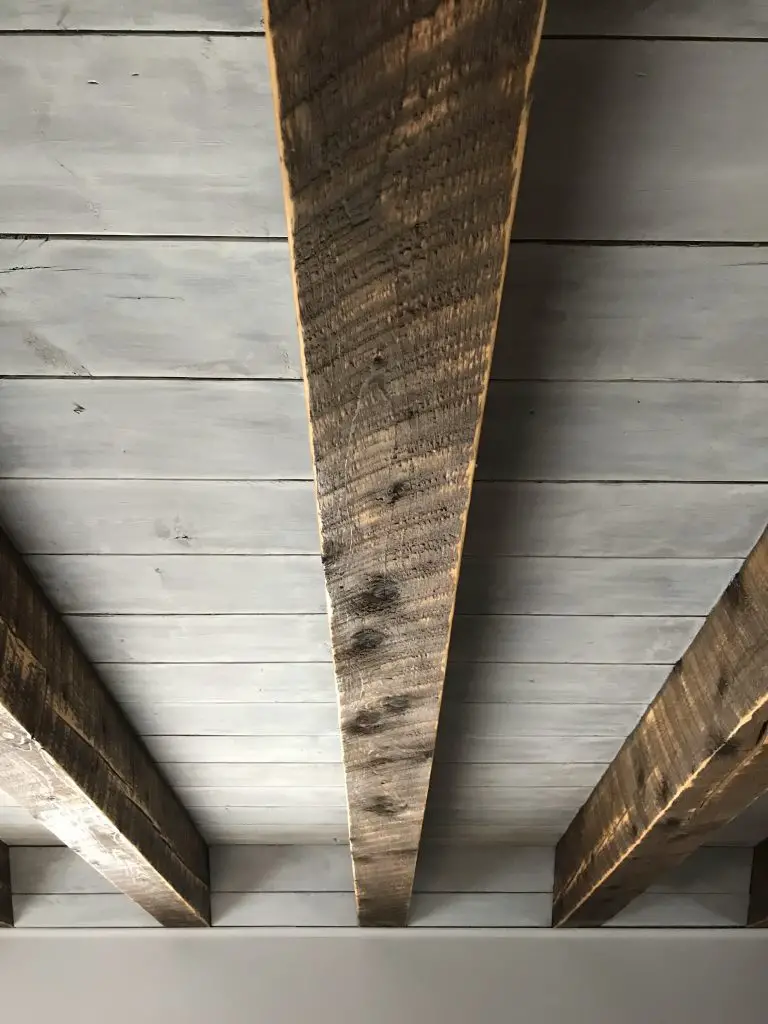
Q&A OF THE WEEK: “Is There Any Way to Soundproof a Single-Layer Floor?”
Q: How can we make the floor in our house more soundproof? We live in a log cabin and the upstairs flooring is just one layer of tongue and groove planking on top of beams that forms the ceiling of…
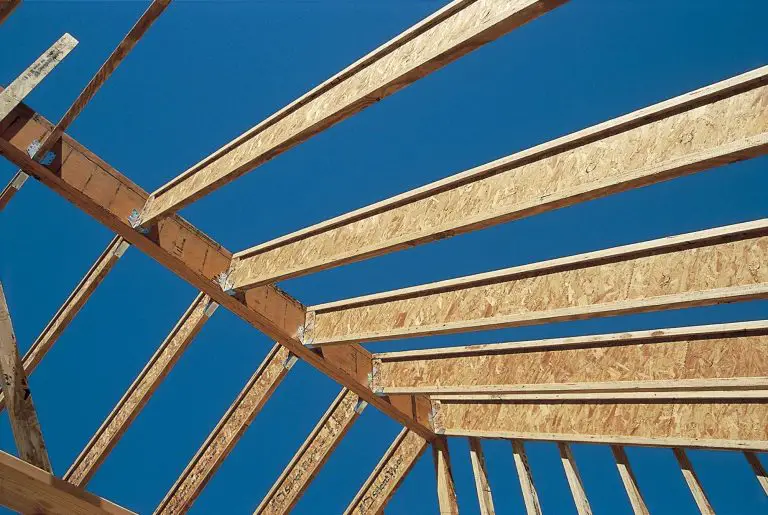
Engineered Lumber: How Wooden I-joists, Composite Studs and Glulam Beams Deliver Better Buildings
Steve Maxwell shows us three applications where engineered lumber helps you build better buildings.
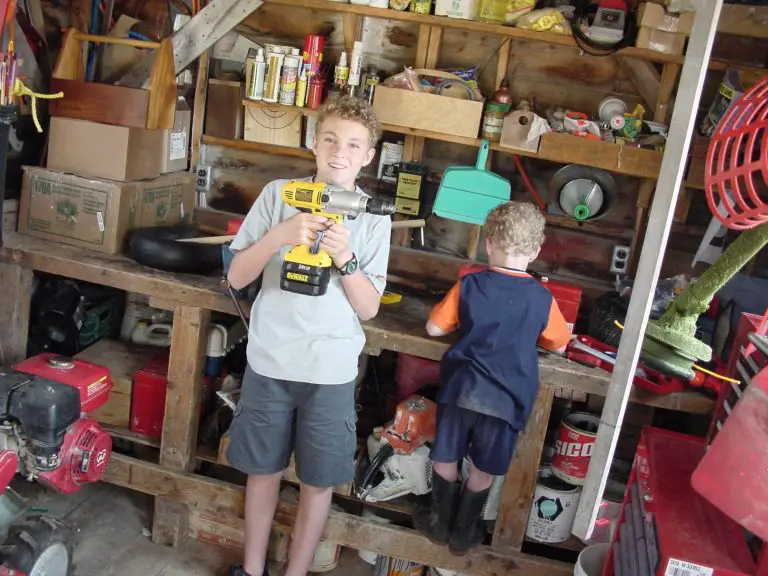
HOME WORKSHOPS: Good Things Happen in Simple Workspaces
Steve Maxwell, Canada’s Handiest Man, shares his do-it-yourself tips on how to create the optimal garage.
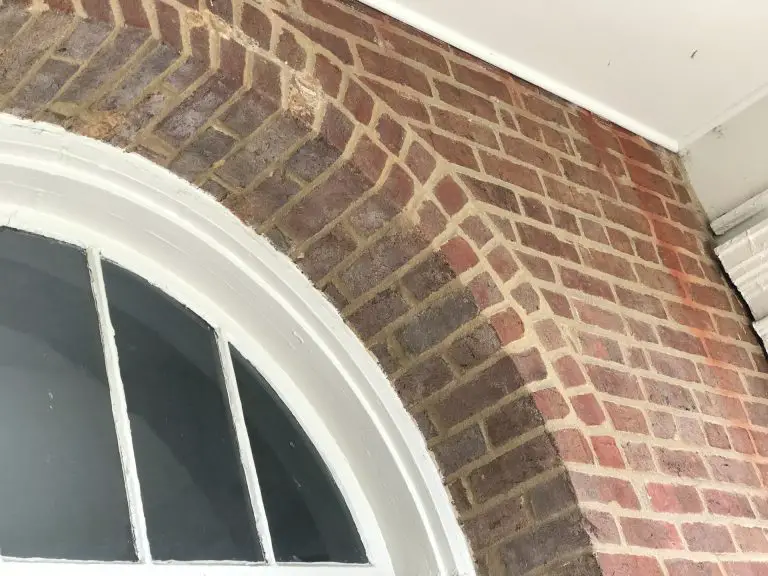
MASONRY: Why It’s a Great Homebuilding Choice
If you’re planning to build a new house or major addition, I’d like to make the case for masonry. It could be used in more places than it is now, and there are good reasons for this. But first, let…

Here’s Your Guide to Replacing a Ceiling Fan
Is your ceiling fan getting old? If it’s making a new and unpleasant noise, showing signs of rust or wobbling, it could be time for a new ceiling fan. You don’t have to pay an electrician hundreds of dollars to…
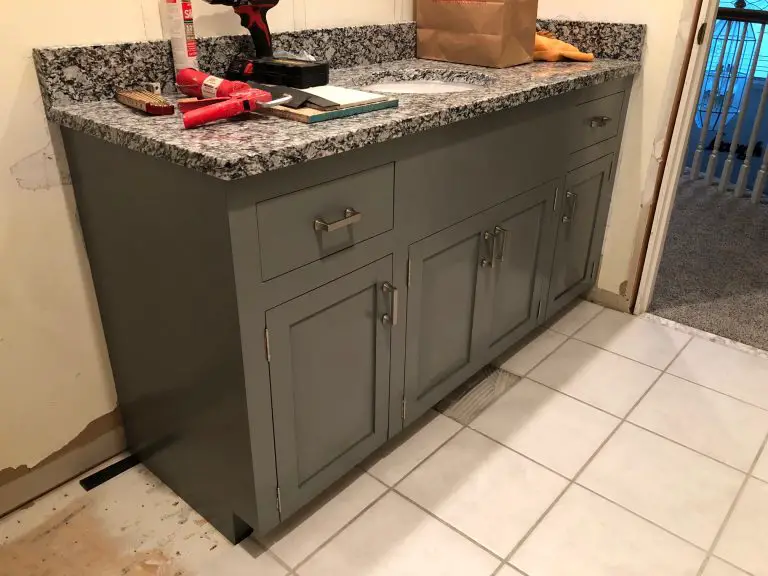
How should I prepare a bathroom subfloor before installing snap-together vinyl tiles?
How should I prepare a bathroom subfloor before installing snap-together vinyl tiles? My plan is to add 3/8-inch plywood over the 3/4-inch subfloor that’s already there. The existing subfloor has gaps between seams and lots of old glue, but it’s…






